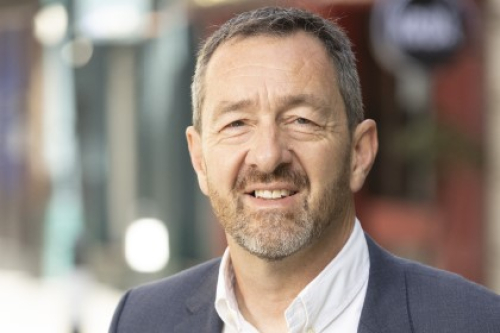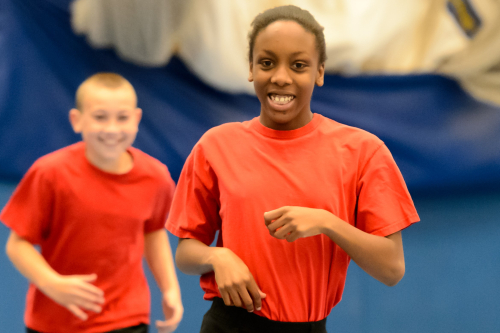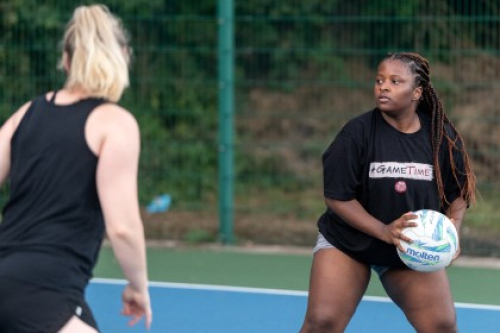To better understand what affects and impacts activity levels for specific population groups, we've undertaken extensive research, including Active Lives and Activity Check-in surveys, and we’ve introduced the Inequalities Metric.
Additionally, we've divided our data into different settings, scenarios and groups to provide a deeper understanding of the various influences on activity behaviours.
This helps identify the specific actions and conditions needed to encourage more people to be active.





Social value of sport and physical activity
As part of a three-year collaboration with Sheffield Hallam and Manchester Metropolitan Universities, as well as State of Life, we've calculated the social value of community sport and physical activity to be more than £100 billion.
The value is made up of £96.7 billion in annual wellbeing value for adults, children and young people taking part and volunteering in sport and physical activity – and a further £10.5 billion in wider savings to the health and social care system a year.
We've produced a summary report and two detailed papers to explain how the research was conducted, how the final figure was calculated and what this means for our sector.
Find out more